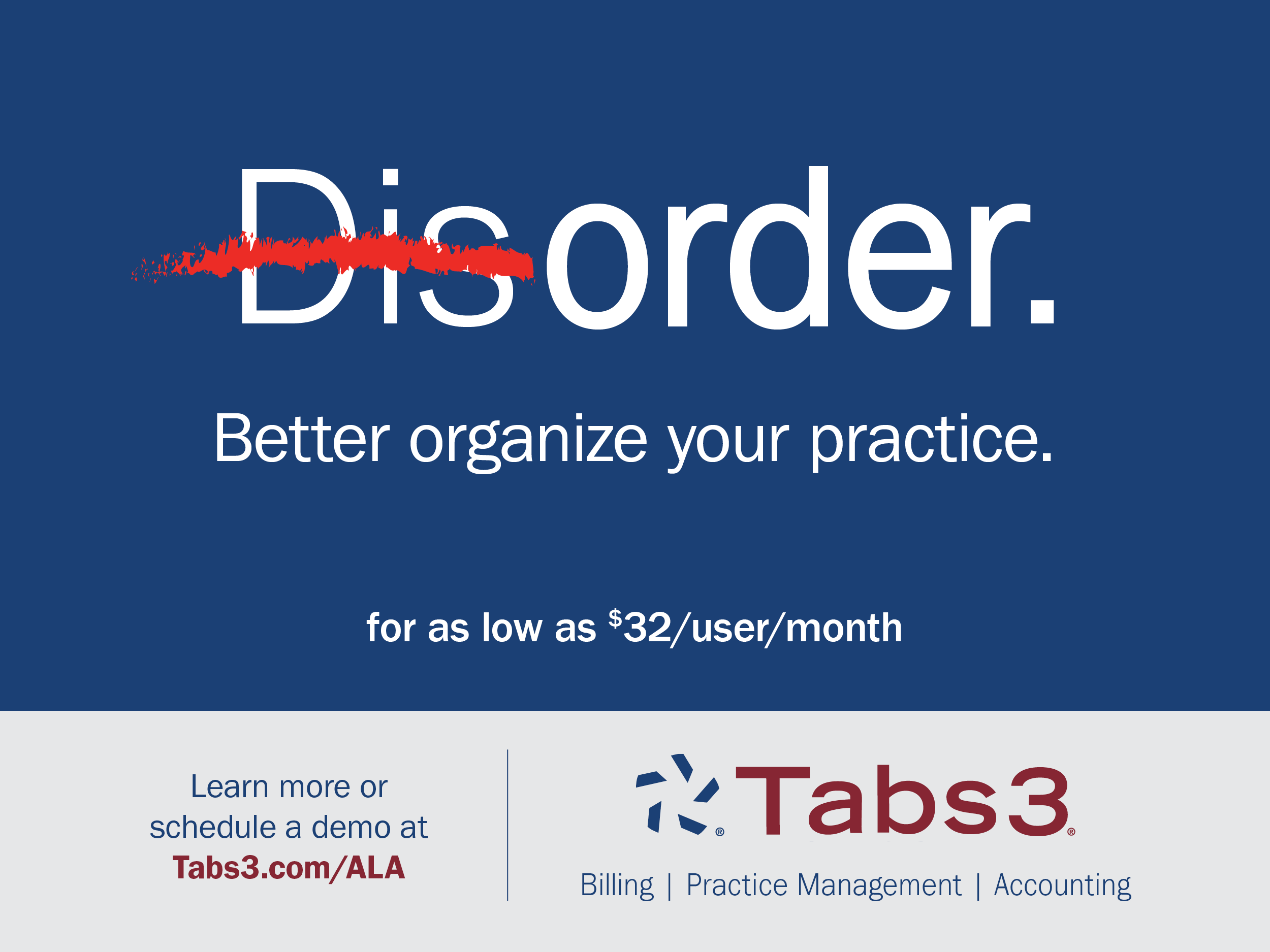Indeed, in a 2020 survey conducted by ALA and BigHand, a significant number of respondents noted the difficulty in supporting their multigenerational lawyers: 60% of respondents submitted a score of 7 or more out of 10 (with 10 being “extremely difficult”) with regard to satisfying the support needs of multiple generations of attorneys.
In addition, any modern assistant pool must evolve along with the ever-changing reality resulting from the pandemic.
The demands of serving a group of lawyers with varying expectations plus pandemic-influenced changes in the legal profession have made it more important than ever to take a dynamic, thoughtful approach to legal assistant pooling. Read on for eight ways to maximize your legal assistant pools to meet the needs of your lawyers and support staff.
1. UNDERSTAND THE KEY STAKEHOLDERS
Planning is key to shaping effective legal assistant pools, and legal managers should take a step back and assess the various stakeholders.
“With assistant pooling especially, you need to understand what everyone’s skills are, what the job entails and what everyone’s expectations are so you can manage the workflow,” says Connie Dunn, Legal Operations Manager at Lexicon, a legal services and technology provider.
Firms that put in the legwork to gauge their administrative support needs and the range of skills available in the pool can better plan workloads and assignments.
“To the extent you can, spend time with the attorneys in advance to understand how they work, what kind of work they need help with, or where they feel they were getting the best support prior to this,” says Jean Durling, Chief Talent Officer at Fox Rothschild.
Fox Rothschild recently launched Fox Pro Teams, which takes a two-pronged approach to meeting lawyers’ administrative needs. More than 400 of the firm’s lawyers are assigned to the Attorney Resource Center (ARC), which includes nearly 40 specialists working in a pooled model. The firm also offers Client Service Teams, through which a group of lawyers — mostly partners — is paired with one client service specialist, similar to the more traditional legal assistant model. As part of this rollout, the firm has strived to stay attuned to both the skills in the pool and the lawyers’ support needs.
“Firms that put in the legwork to gauge their administrative support needs and the range of skills available in the pool can better plan workloads and assignments.”
“Our objective is to make sure the right resources are working on the right projects — that we’re leveraging people’s knowledge skills to be able to perform at their highest level to be able to perform for the people we support,” says Denise Dellaratta, Director of Practice Support at Fox Rothschild.
Of course, assessing the stakeholders’ skills and support needs isn’t something that should occur solely while planning for the assistant pool. Firms should continue to analyze the unique needs and evolving skill sets available.
Molly L. McGrath, Founder of Hiring and Empowering Solutions, LLC, recommends that firms have weekly meetings during which they assess caseloads, determine where lawyers need additional support, and attempt to anticipate where lawyers will need support in the future. These steps create a more team-centered approach and help firms to better plan and staff their matters.
2. EMBRACE HYBRID SKILL SETS
For the most part, the days of legal assistants taking dictation and logging hours are long gone. Today’s modern legal assistant boasts a broad range of skills — so much so that even the title “legal assistant” no longer encapsulates what they bring to the table.
For example, in a recent survey of lawyers conducted by Robert Half, 50% of the legal support jobs at respondents’ organizations were blended paralegal/legal assistant positions.
“The assistants in these pools are hybrids almost 100% of the time now; they are able to file and understand the court system, federal courts, legal rules, etc. — as well as assist,” says Dunn. “It’s a combination of skills that make these pools more successful.”
By understanding the evolving skill sets of their legal assistants, firms can better build efficiencies within their workflows. Moreover, the pool model offers a space for assistants to collaborate and combine their talents to best serve each attorney. A pool that offers diverse abilities is helpful both in terms of serving one attorney’s various needs and meeting the range of expectations based on an attorney’s seniority level and technological experience.
“Assessing the stakeholders’ skills and support needs isn’t something that should occur solely while planning for the assistant pool. Firms should continue to analyze the unique needs and evolving skill sets available.”
“We’ve seen it’s more of a blended group assisting the attorneys in these pools,” says Jamy Sullivan, Executive Director of the legal practice at Robert Half. “Anywhere from 30%–40% are truly clerical in nature. Increasingly, the firms are looking for individuals that are more trained to the level of a legal assistant, having junior paralegal capabilities. Some are even calling them ‘technical assistants’ or ‘practice assistants.’ It’s a blended model, so clerical work can be done at a lower cost, but there is an upskill with assistants who can help attorneys who can do so much more on their own.”
3. INVEST IN LEARNING
A legal assistant pool will only be as successful as the attention and resources allocated to it. The more skilled and efficient a firm’s support staff is, the more effective its attorneys will be.
“Invest in your people because often skill sets are varied, and you are inevitably going to have a less experienced assistant in your pool,” says Dunn. “Invest in each other and create an environment where they can learn.”
Once a firm understands its support needs, it can craft a training program that will strengthen the skills of the assistants in the pool and introduce development programs that are more specialized for legal assistants who focus on certain practices or types of work.
“At Fox Rothschild, we created learning paths with all of our ARC specialists, which include videos, one-on-one training and more, to make sure each user was getting exactly what they needed to fill in the gaps,” says Dellaratta. “We also broke off the ARC specialists into subgroups. The final piece is the team created this amazing onboarding process, which takes a new ARC specialist through the life cycle of training as they onboard through.”
4. FOSTER TEAMWORK
While the traditional legal assistant role may have been somewhat siloed and independent in nature, the pooled model provides an opportunity for teamwork and camaraderie.
“Employees want to have their own tribe,” says McGrath. “They want to have colleagues that they collaborate and work with.”
McGrath suggests that legal managers foster such collaboration within the assistant pool through weekly meetings, coaching opportunities and learning centers. Building a cohesive and communicative team will not only promote collaboration on matters but also allow for further growth as team members learn from one another and their assignments.
5. PRIORITIZE BUY-IN AND COMMUNICATION
Firms may face various responses when moving toward a modernized pool, including resistance from more senior lawyers who are accustomed to the traditional legal assistant model as well from more tech-savvy attorneys who question the need for support. The keys to reaching these and other groups within the firm are strong communication and buy-in from the top.
“Communicate,” says Dellaratta. “There’s no such thing as overcommunication — engaging your stakeholders and understanding what people need and what they think they want in this alternate universe that doesn’t exist yet is critical.”
Strong communication goes hand-in-hand with support from the top down. When the messaging comes from the highest levels of the firm — or is at least supported by those at the top — it creates stronger buy-in for the pool model.
For Durling, advance planning and ironing out the details of Fox Pro Teams before presenting it to leadership was useful.
“I think because the team did so much of the initial prep and work and had the structure pretty well outlined, the process for approval was easier,” says Durling. “The implications both from a staffing perspective and a financial perspective, what the steps would be, and how we would approach it were planned in advance and presented to our managing partner and leadership, and they were on board. From there, we knew we had their support.”
6. CREATE A CULTURE OF SUPPORT
Buy-in from the top is important, but it is just as critical to have buy-in from the firm’s associates. One potential roadblock is that many newer lawyers will forgo administrative support and handle the tasks themselves because they don’t feel the help is meant for them and their level of tech savvy. By communicating the value of the assistant pool and encouraging lawyers to engage with the pool, firms can create a culture of administrative support.
“Moving to a pooled assistant setup — or revamping your current pool setup — can be a big adjustment, and firms should prepare for the ups and downs. Be open to making changes over time to maximize the setup for your firm.”
“I think firms should consider assigning legal administrative assistants to these younger attorneys working in these chaotic law firms because they can really help them,” says Sarah Ruttan Bates, Lexicon’s Director of Legal Operations and Training. “The support from the secretarial pools can really truly help mold that attorney in how they practice and ensure they’re not drowning.”
7. BE FLEXIBLE
Moving to a pooled assistant setup — or revamping your current pool setup — can be a big adjustment, and firms should prepare for the ups and downs. Be open to making changes over time to maximize the setup for your firm.
“Being able to be creative and fluid with your model and knowing the first model you attempt or the first centralized point you attempt should be able to evolve is important for success,” says Sullivan, who recommends surveying associates for feedback on how the pool model is working. “Progressive thinking seems to be a best practice to set up the right model for you and your firm and practice group — it’s not a one-size-fits-all.”
8. BE FORWARD-THINKING
The pandemic has launched the legal world into a new reality, and firms should be nimble when navigating legal assistant pools — especially when it comes to virtual work. While administrative support has typically been seen as an in-office service, more firms are embracing virtual or hybrid setups for their legal assistants.
In fact, a 2020 survey conducted by Sandpiper Partners LLC found that 58% of respondents are considering virtualizing secretarial support.
And secretarial pools complement the virtual model well because they offer a centralized point of reference to evaluate how the setup is working for the firm as a whole.
“Having a centralized point really does allow a firm to be more business-savvy and be more forward-thinking,” says Sullivan.
Recent years have also seen a greater demand for virtual or hybrid work schedules, while the competition to hire and retain talent has become steep.
“If you’re not forward-thinking and not going to offer remote flexible work schedules, you will be challenged in attracting the talent and also retaining the talent,” says McGrath, who also notes that remote work has enabled legal assistants to work even more efficiently because they don’t have the constant interruptions that fall on support teams within the office.
Firm leaders and legal managers should keep an open mind about the structure of the legal assistant pool and which setups will bring the most efficiency and best nurture the firm culture.
Creating a legal assistant pool model that aligns with your firm’s needs and the realities of modern lawyering can yield myriad benefits. Develop a plan, communicate, assess and keep an open mind.


